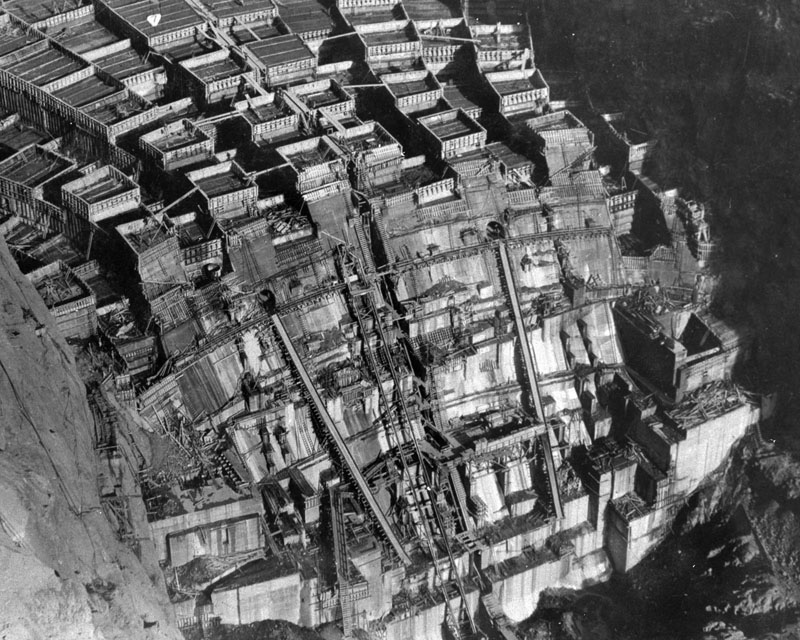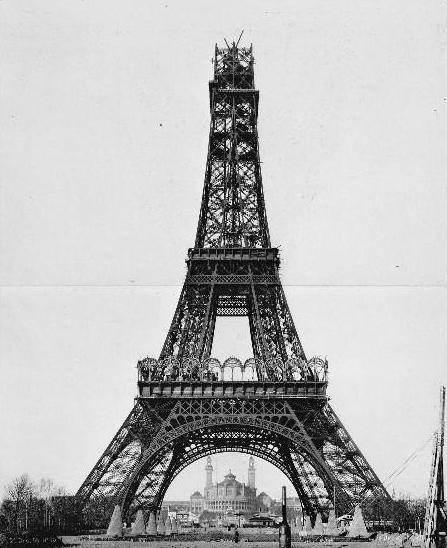History of Engineering
Structural and civil engineers go back through the ages, think back to the pyramids, Stonehenge and Easter Island. Engineering feats that still awe and amaze us due to the age and lack of available mechanical planning and construction tools. Our more modern examples include the Golden Gate Bridge (BETHLEHEM STEEL), Hoover Dam, The Eiffel Tower, the Chrysler Building and most recently the Burj Khalifa in Dubai. Tall buildings, wondrous constructions and shear size are the some of the things that come to mind when thinking of structural engineering.
More locally, a dry drainage field, a sturdy trestle, floors that are level and foundations that do not leak or lean are closer to the every day workings of the engineer. Solidly putting confidence in the architectural landscape with the application of precise measurement and mechanicals, translated into plans that detail the minutiae of a site plan or construction.
The engineer has finished his project and all that are left are the footprints. The buildings and landscape, the setting of a commercial complex will look as if it had always been in place. If not of the engineer with all of his knowledge, these places could not exist.
Through the auspices of the ASCE, there are more than 200 modern day engineering projects that have earned the distinction of being named, ASCE Historical Civil Engineering Landmarks.
Structural engineering is the professional and practice or using materials consisting of concrete, wood, iron, steel, glass, masonry, and composites to design and construct homes, buildings, commercial spaces, bridges as well as non-building structures to assure the functionality, stability and safety of the construction through the period of its usefulness.
"What Would We Do Without An Engineer?"
What is Structural Engineering?
This video is intended to introduce high school students to the field of structural engineering.
Published on October 11, 2012
What is Structural Engineering?
The sheer scope of structural engineering work isn't easily summed up in one sentence. The profession is marked by all kinds of specialists, from seismic experts to those who specialize in disaster relief, and on all kinds of scale – from home improvements to skyscraper construction.
Published on October 24, 2014



